Santa Clara Market Update | September 2024
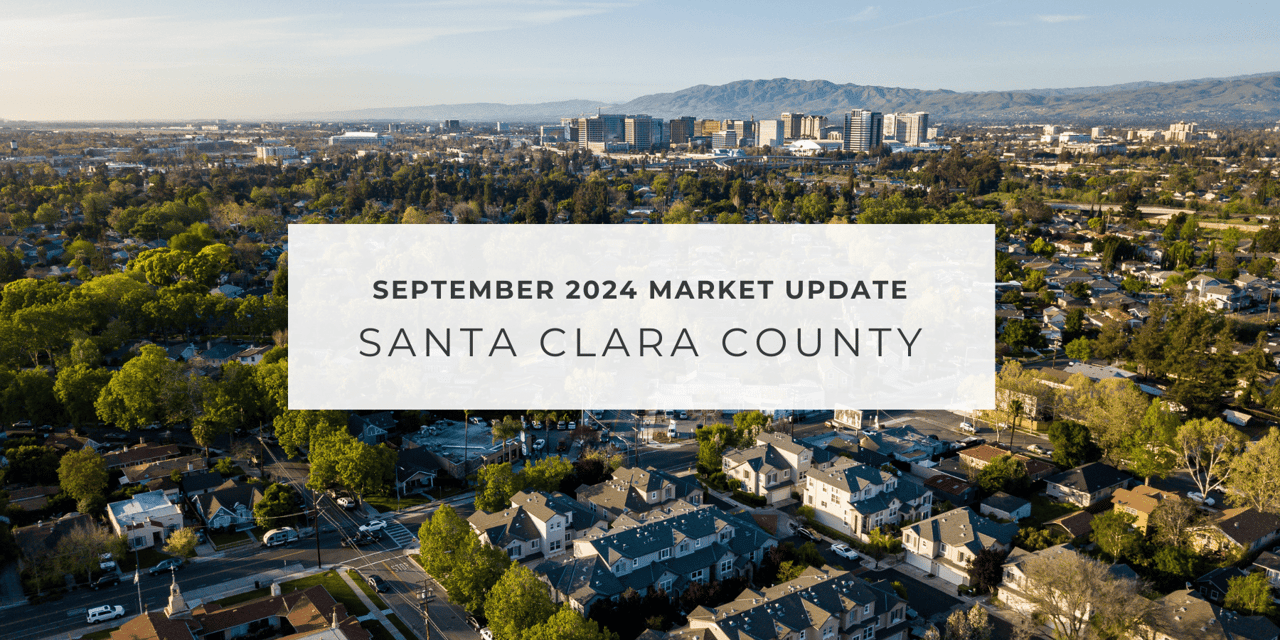

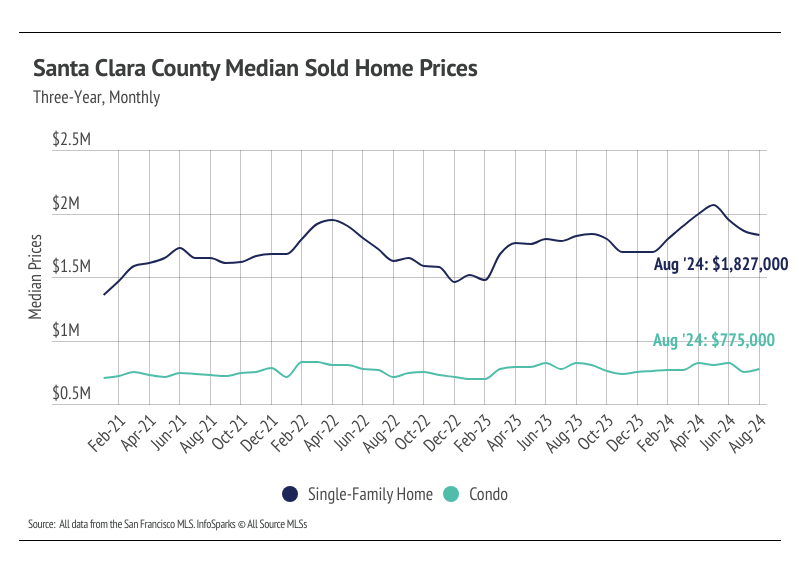
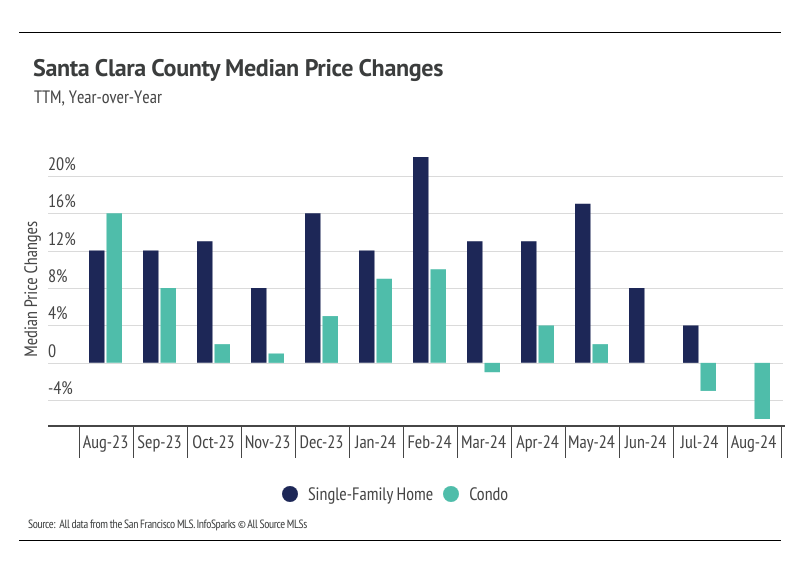
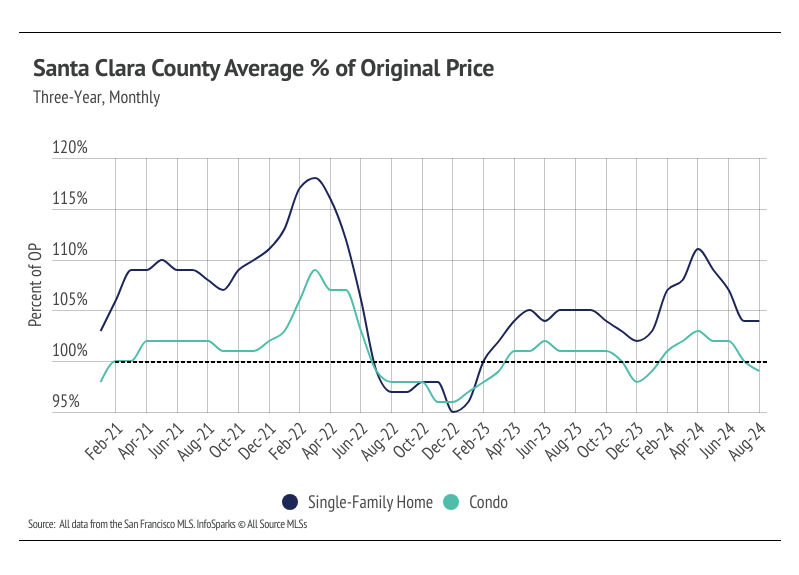
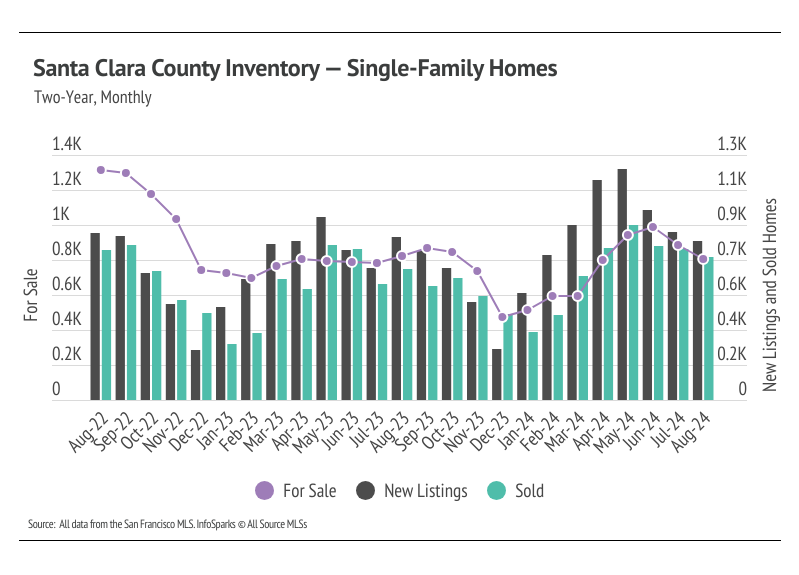
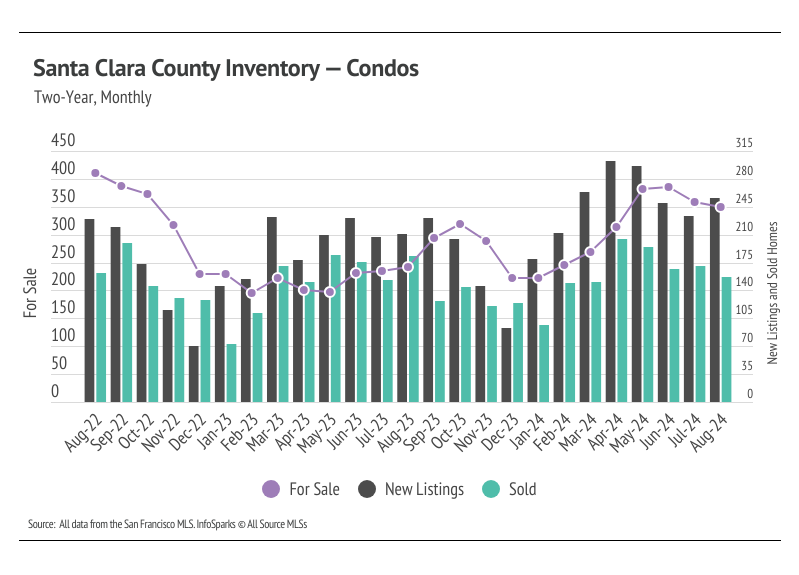
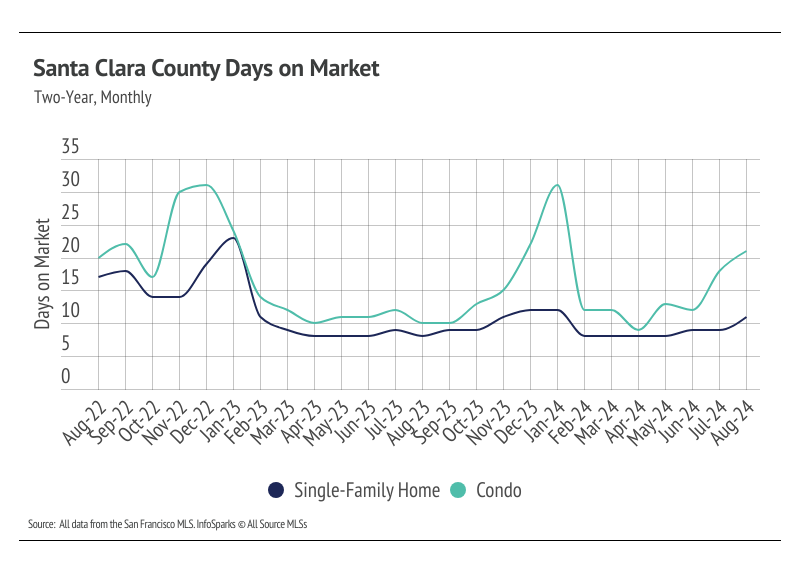
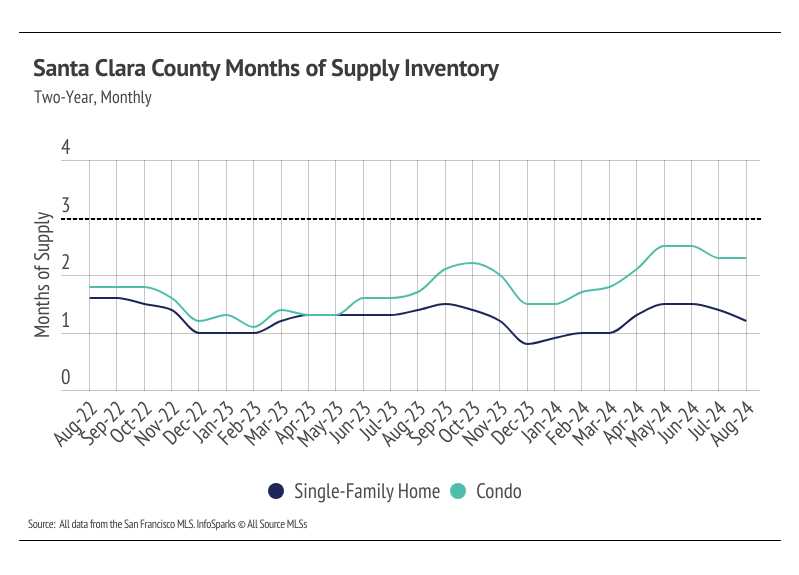
Stay up to date on the latest real estate trends.
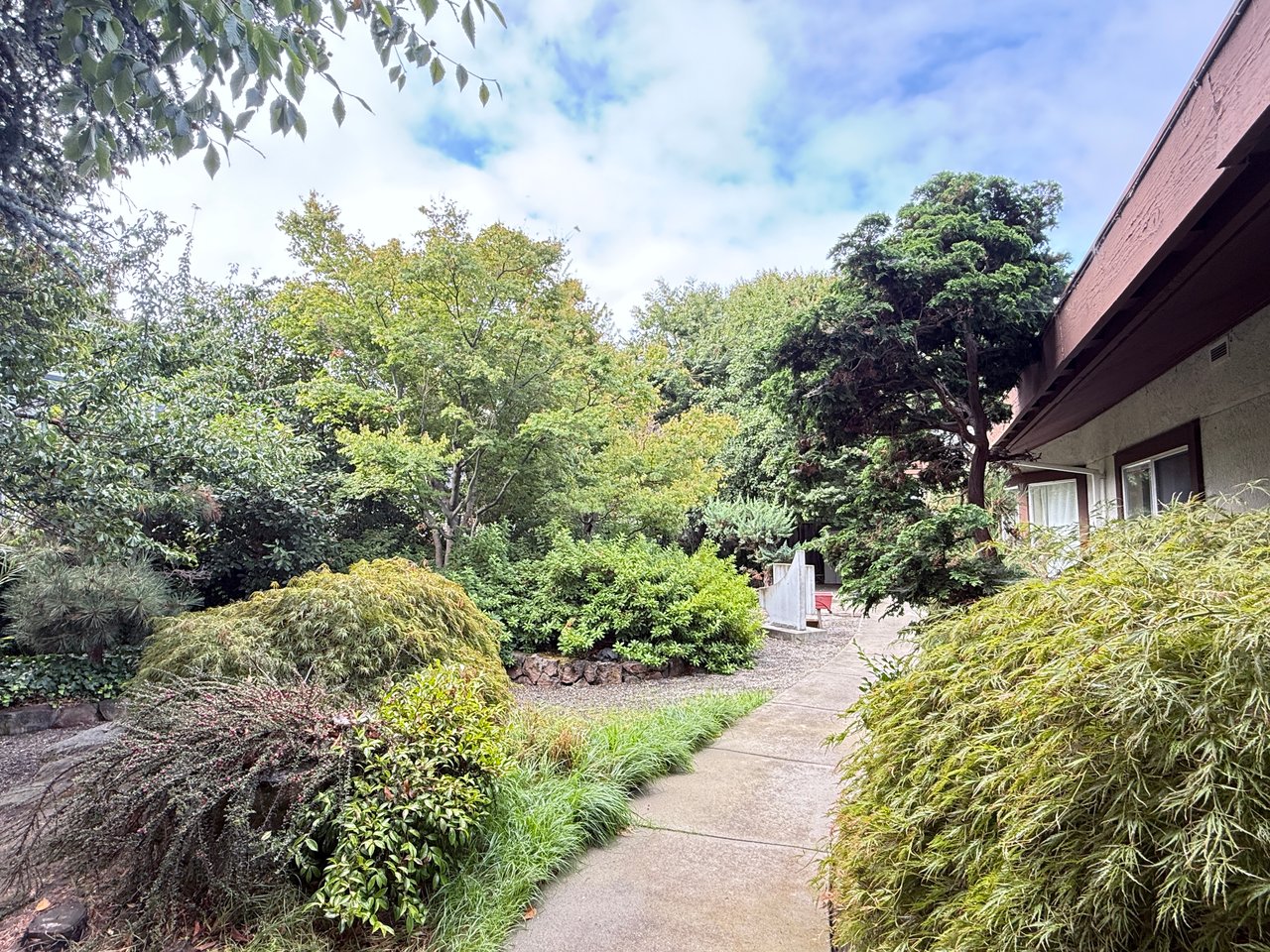
HAYLEN was selected for its culturally aligned, people-first advisory approach, supporting the Nikkei-rooted organization through a values-driven real estate transition





You’ve got questions and we can’t wait to answer them.